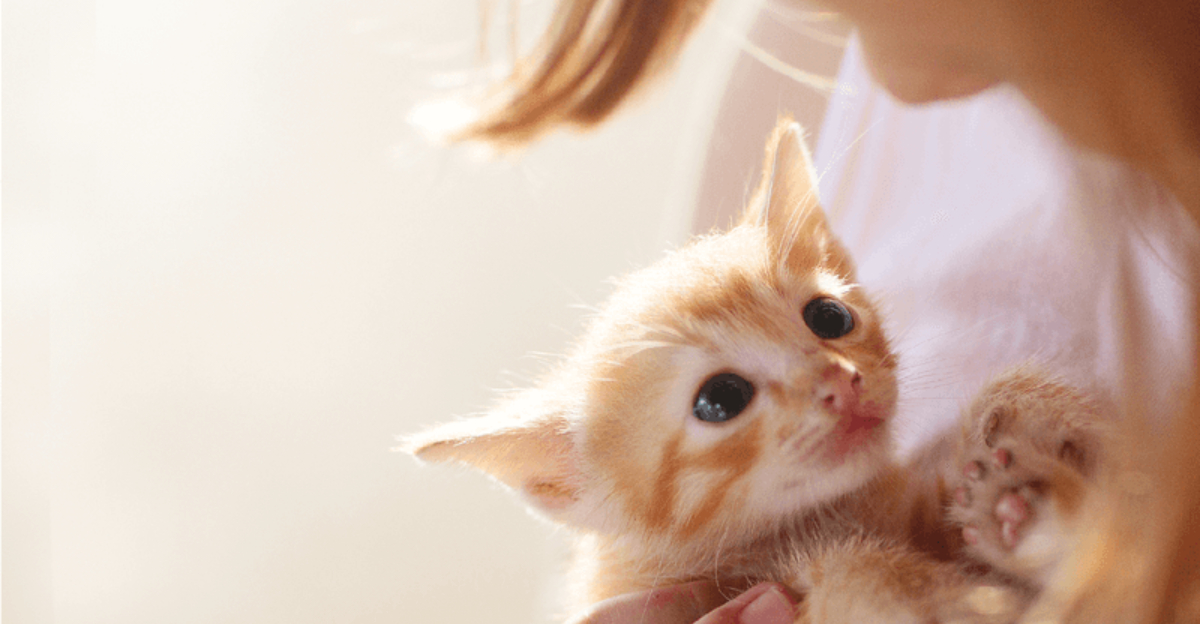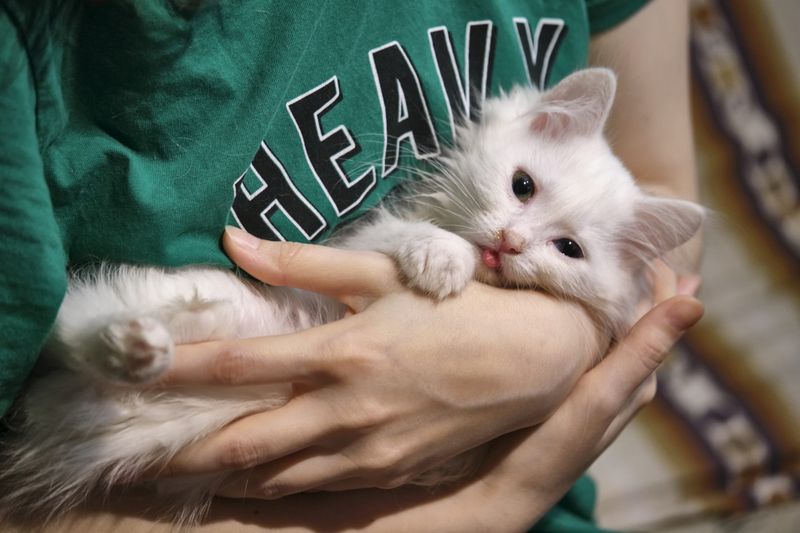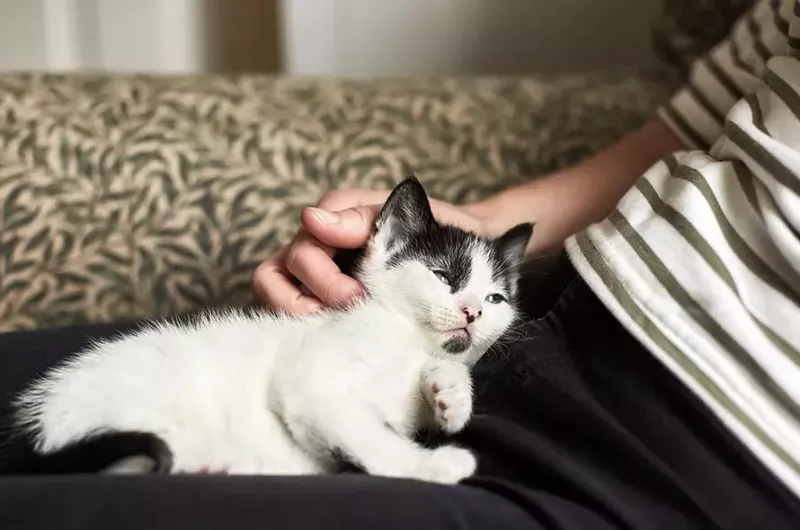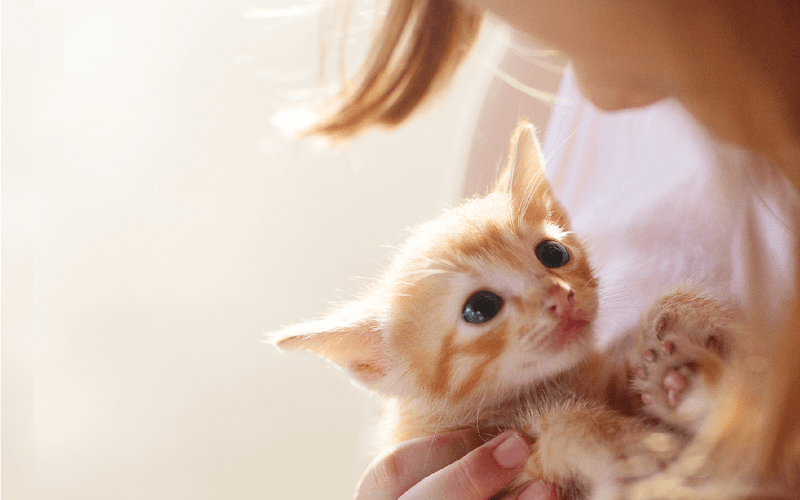📖 Table of Content:
- 1. Myth: Fostering cats is a long-term commitment
- 2. Myth: I’ll get too attached and won’t be able to give them up
- 3. Myth: Fostering is expensive
- 4. Myth: You need a big house to foster
- 5. Myth: Only cat experts can foster
- 6. Myth: Fostering is only for kittens
- 7. Myth: My own pets won’t get along with a foster
- 8. Myth: Fostering doesn’t make much of a difference
Fostering cats is one of the most rewarding ways to make a difference in animal welfare. Yet, many people shy away from the idea due to a handful of lingering misconceptions. These myths can stop potential fosters from stepping in to save lives—simply because they don’t have the full picture.
What if fostering wasn’t as complicated or overwhelming as it’s often made out to be? The truth is, fostering is flexible, accessible, and deeply impactful—not just for the cats, but for the humans who open their homes to them. Whether you’re worried about time, space, or emotions, there’s likely a workaround that makes fostering more feasible than you thought.
This article sets the record straight by exploring eight of the most common myths that prevent people from fostering cats. With each one, you’ll see not just a rebuttal, but also a glimpse into the real-world joy, simplicity, and purpose that fostering can bring. By the end, you may just find yourself ready to welcome a whiskered friend into your home—even if it’s just for a little while.
1. Myth: Fostering cats is a long-term commitment
Many assume that fostering a cat means you’re locked into caring for it indefinitely. However, most foster arrangements are designed to be temporary, ranging from a few days to a couple of months depending on the cat’s specific needs. Shelters often match foster placements with the foster’s availability, making the experience surprisingly flexible. You’re not signing a contract for life—just offering a safe stopover on a cat’s journey to a forever home. This short-term approach makes it easier for people with unpredictable schedules to still make a difference. In fact, many foster programs cater to students, travelers, and seasonal workers. What matters most is the care and love you provide during the time you can commit.
2. Myth: I’ll get too attached and won’t be able to give them up
Letting go of a foster cat can tug at your heart, but it’s also incredibly uplifting. Seeing your foster cat find a loving forever home is a moment of pride and purpose, not just loss. Many foster parents talk about a “bittersweet joy” when they say goodbye, knowing they were a critical part of the cat’s happy ending. It helps to remember that each goodbye makes room for another life to be saved. Over time, this cycle of rescue and release becomes empowering rather than heartbreaking. The bond you form is real—but so is the satisfaction of giving them a future. With the right perspective, fostering becomes a way to multiply your love instead of limit it.
3. Myth: Fostering is expensive
Worrying about costs is understandable, but it’s usually not necessary in the world of fostering. Most reputable shelters or rescue groups cover the basics: food, litter, toys, and even veterinary care. You’re not expected to shoulder the financial burden—your contribution is your time and compassion. Any out-of-pocket expenses are usually optional, like buying a special treat or toy. This support system is designed to remove barriers, making fostering accessible to people of many income levels. If anything, fostering might save you money by offering the joys of pet companionship without the long-term expenses. It’s a low-cost, high-reward way to make a huge impact.
4. Myth: You need a big house to foster
Space matters less than you might think when it comes to fostering cats. What a foster cat really needs is a quiet, cozy, and safe place to decompress—often, a small spare room or bathroom is perfect. The idea that you need a large home is a myth that keeps city dwellers and apartment renters from getting involved. Cats adapt surprisingly well to smaller spaces, especially if they’re recovering or shy. Many successful fosters have made do with compact living areas by being intentional with cat-friendly setups. The key is offering a calm environment where a cat can feel secure and heal. You’d be amazed how much of a difference a single room can make.
5. Myth: Only cat experts can foster
You don’t need to be a feline behaviorist or seasoned pet owner to become a great foster. Most shelters provide clear guidance, resources, and support every step of the way. Training materials, mentorship, and even hotlines are common tools to ensure fosters never feel alone. Many fosters learn as they go, growing their confidence with each experience. Every cat is different, but patience and kindness go a long way. In fact, your willingness to learn often matters more than prior experience. Fostering is about showing up with an open heart, not a resume of credentials.
6. Myth: Fostering is only for kittens
Contrary to popular belief, adult and senior cats need fosters just as much—sometimes even more—than kittens. While kitten season draws a lot of attention, older cats often get overlooked in shelters. Fostering adults helps reduce overcrowding and gives these cats a second chance. Some need time to recover from surgery, build confidence, or simply wait for the right adopter. Adult cats are often lower maintenance than kittens and may already be litter trained and socialized. Plus, fostering seniors can be especially rewarding, offering them peace and comfort in their golden years. Every stage of a cat’s life deserves a loving, temporary home.
7. Myth: My own pets won’t get along with a foster
Concerns about household harmony are valid, but they don’t have to be deal-breakers. Most foster programs recommend keeping fosters separate from resident pets at first, using a “safe room” setup. This gives everyone time to adjust without stress or confrontation. Gradual introductions, supervised visits, and scent swapping are effective strategies to help cats coexist peacefully. Some fosters choose to keep the cats separate for the entire stay, which is perfectly acceptable. Shelters can also match you with fosters that suit your household dynamics, such as mellow cats or those used to other animals. Communication and flexibility make it easier than you’d think. With a thoughtful approach, many multi-pet homes foster successfully.
8. Myth: Fostering doesn’t make much of a difference
The ripple effect of fostering is far greater than it seems at first glance. By freeing up space in shelters, you enable them to take in more animals in need. Foster homes also help cats show their true personalities, making them more adoptable. The socialization and care you provide prepares them for successful, lasting adoptions. In addition, many foster families act as informal ambassadors, sharing stories and photos that inspire others to adopt or foster. Even one foster experience can influence a chain of positive outcomes. It’s not just about one cat—it’s about reshaping the system, one life at a time.








